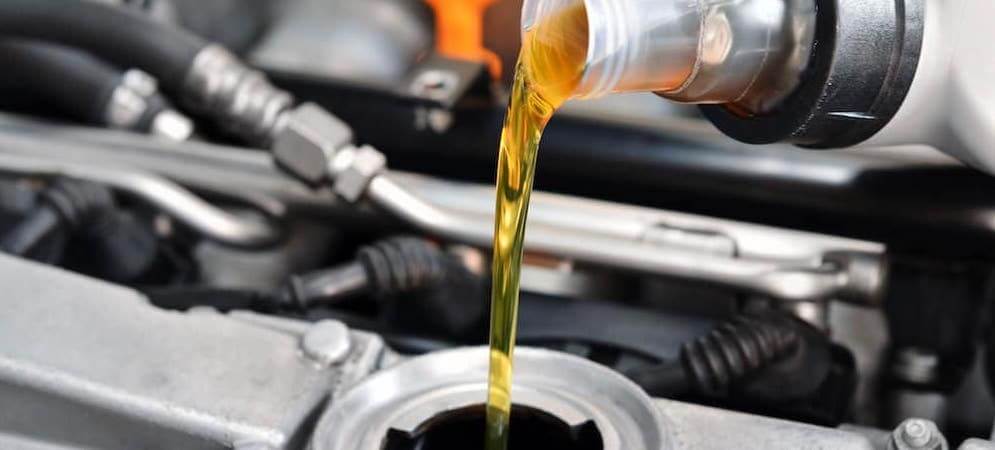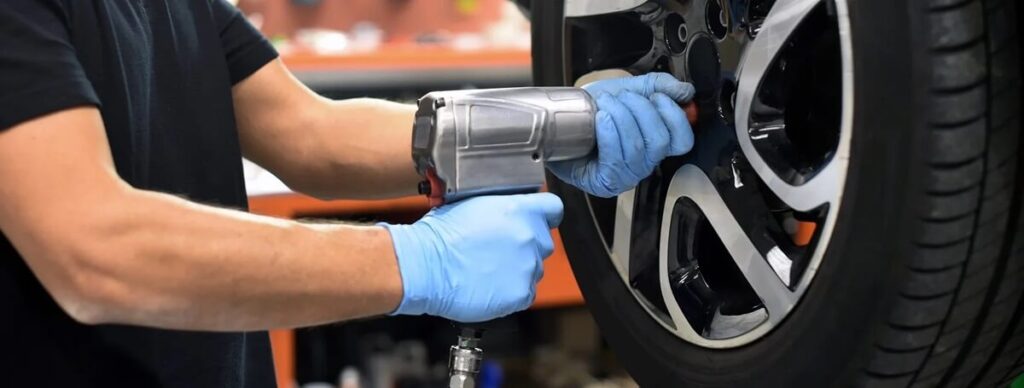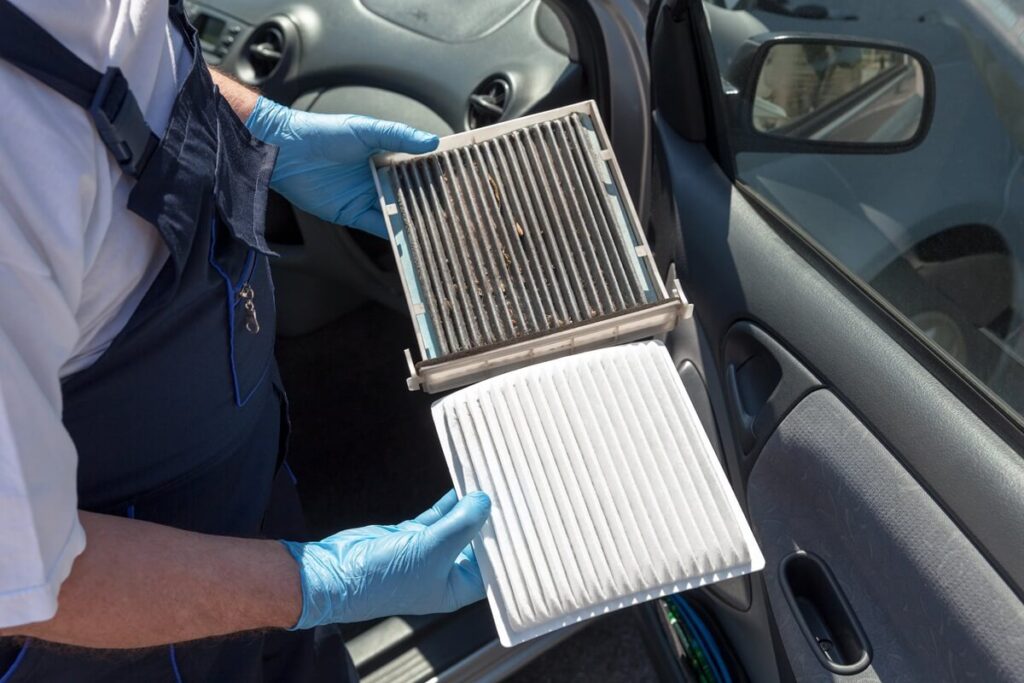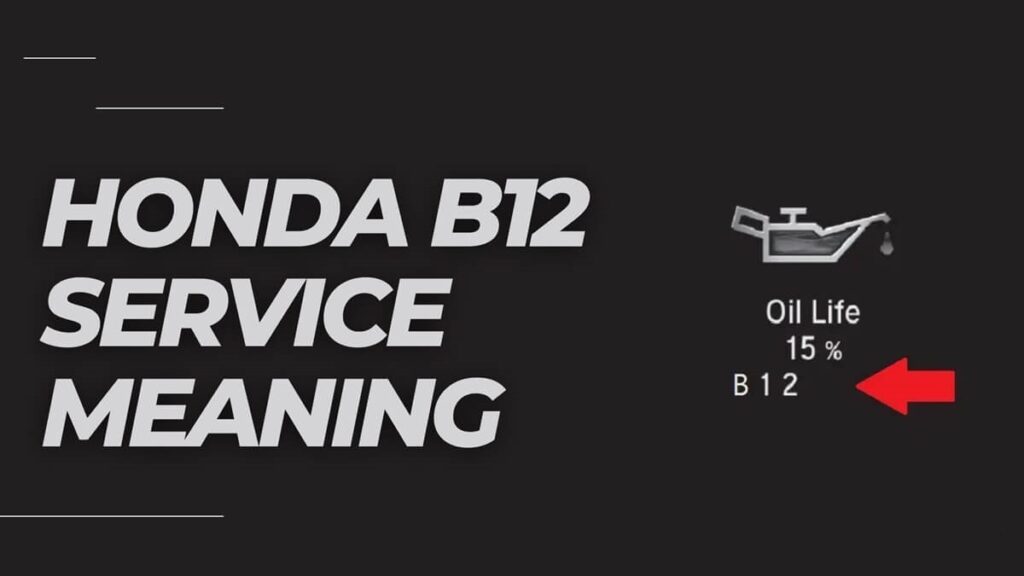Many automotive companies have designed certain onboard monitoring systems for reliability and long auto life. These technologies warn car owners when to monitor or maintain their vehicles.
Don’t worry if you have a Honda and notice the Honda B12 Service code on your dashboard. This code helps maintain your car and avoids mishaps. You can take your car to a mechanic or a dealership, but some car owners can handle a certain amount of work by themselves.
Many car owners desire to have a complete car maintenance guide to keep their cars in excellent condition. To fulfill your desire and make your car maintenance experience easier, I bring you a complete list of the Honda B12 service codes and a guide on what to do if you spot one.
Honda B12 Service Meaning:
The B12 service code elaborates on the repair needs of three different services. Each section of the code represents a separate vehicle feature that requires inspection.
Let’s break down the B12 service code to make it easier for you to understand.
- The B in these codes refer to oil and oil filter check.
- The 1 stands for tire rotation check.
- The 2 stands for cabin filter and air filter changing.
You will need one of these B12 maintenance services if you own a Honda, such as a Honda Pilot, Civic, CRV, HRV, Accord, or Odyssey.
Note: If you’re looking for details about the Honda A13 service, this guide may help you.
Importance of Honda B12 Service
When the Honda B12 service notification appears in your vehicle, do not overlook it. B12 service is required around every 6,000 miles. Moreover, if you feel the need, you can check and service your car as soon as possible to ensure its proper performance and driveability.
The major importance of service is to confirm that your car runs smoothly and lasts a long lifespan.
B12 Honda Maintenance – Top 4 Aspects
When you follow the regular maintenance plan for your Honda, it will certainly increase the life of your car and its engine. However, you need to have a clear idea about what to look into when having a car service.
Below, I have provided a detailed list of the factors to be looked into.
1. Change of Oil
A routine oil change is necessary to keep the engine running smoothly. Some Honda Vehicles have a ‘Service Due Soon’ code, which means your vehicle has a 15% oil life left, and it’s time to take it in for plan management.

Note: Are you confused about what oil type is useable for your car? Read my guide on ‘Can I use 10W40 Instead of 5W30?’ to know better about this.
2. Rotation of Tyres
Tyre rotation means to move tires from the back to the front and vice versa. While it is not impossible to handle it yourself, it would still be better to let a mechanic handle this issue.

3. Air Filter
Air filter changing is simple, and you can do it yourself. Engine filters are located in your car’s engine. However, the cabin air filter is positioned below your glove container. All you have to do is replace the old air filters with new ones.

4. Fluid Examination
Regular fuel change is necessary to provide the vehicle’s long-term operational life. Old fluids pollute engine parts and reduce their working capacity.
Honda B12 Service Cost
Depending on how you can manage the B12 service, the cost could range between two and three figures. If you do not hire a mechanic, there will be a cost of $70 to $100 for air filters and oil for the change.
When Should you Have your Honda Serviced?
The right time to get your car serviced does not depend upon a specific time gap but on miles. You can check and replace fluids at mile intervals of 7,500 – 22,500 – 37,500 – 52,500 – 67,500 – 82,500 miles. This also includes oil and filter changes, examining tire treads, checking tire pressure, rotating tires, and conducting a brake inspection.
Conclusion
Regular car maintenance will improve the performance, efficiency, and life of your Honda while also saving you money for a long time. Whether you operate a new or used Honda, keep an eye out for these service reminders for a better vehicle’s functions.


